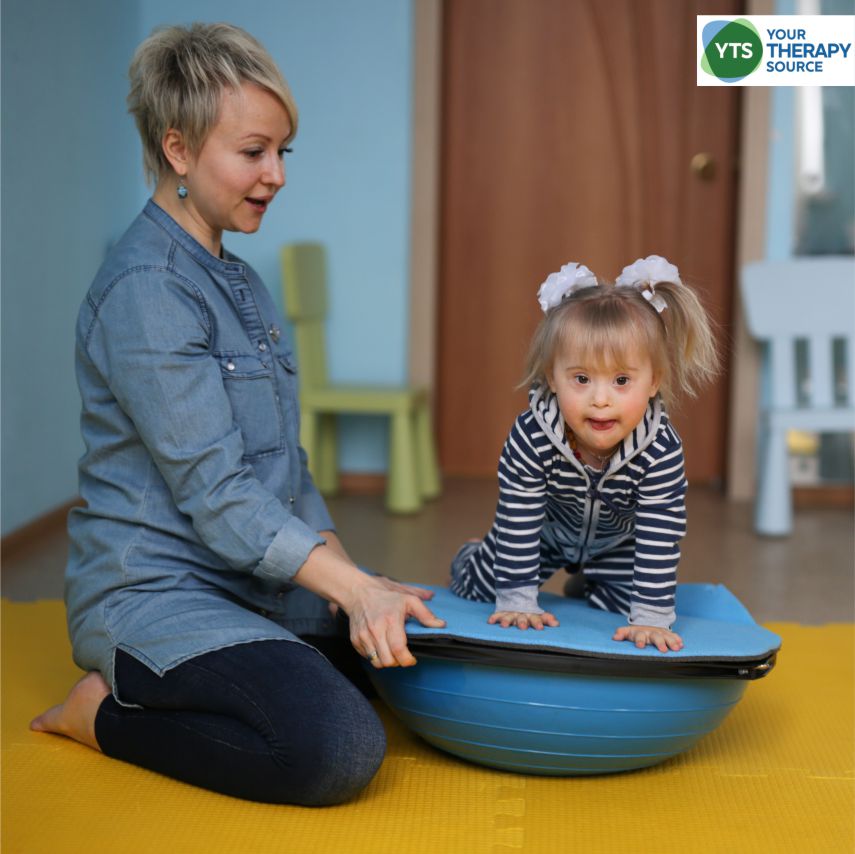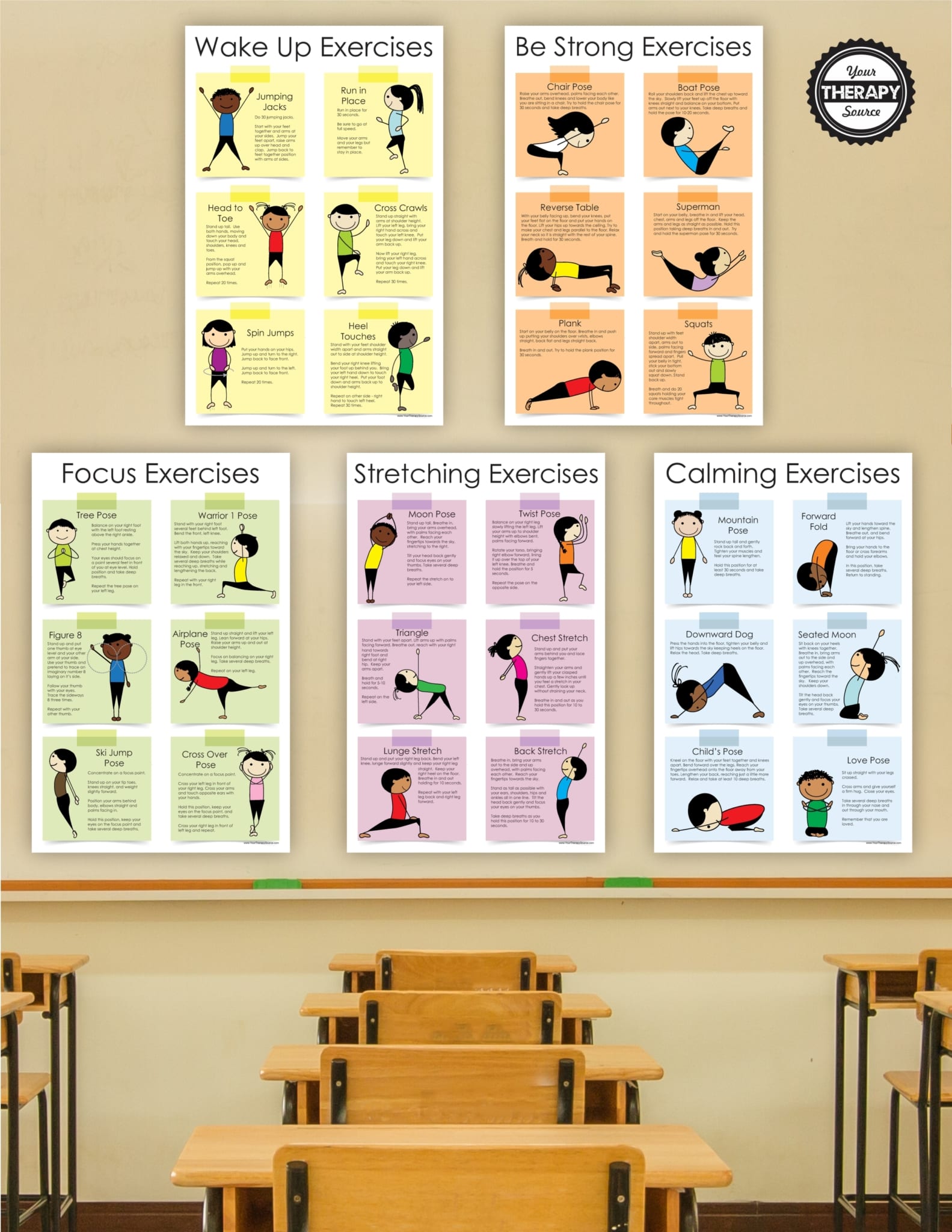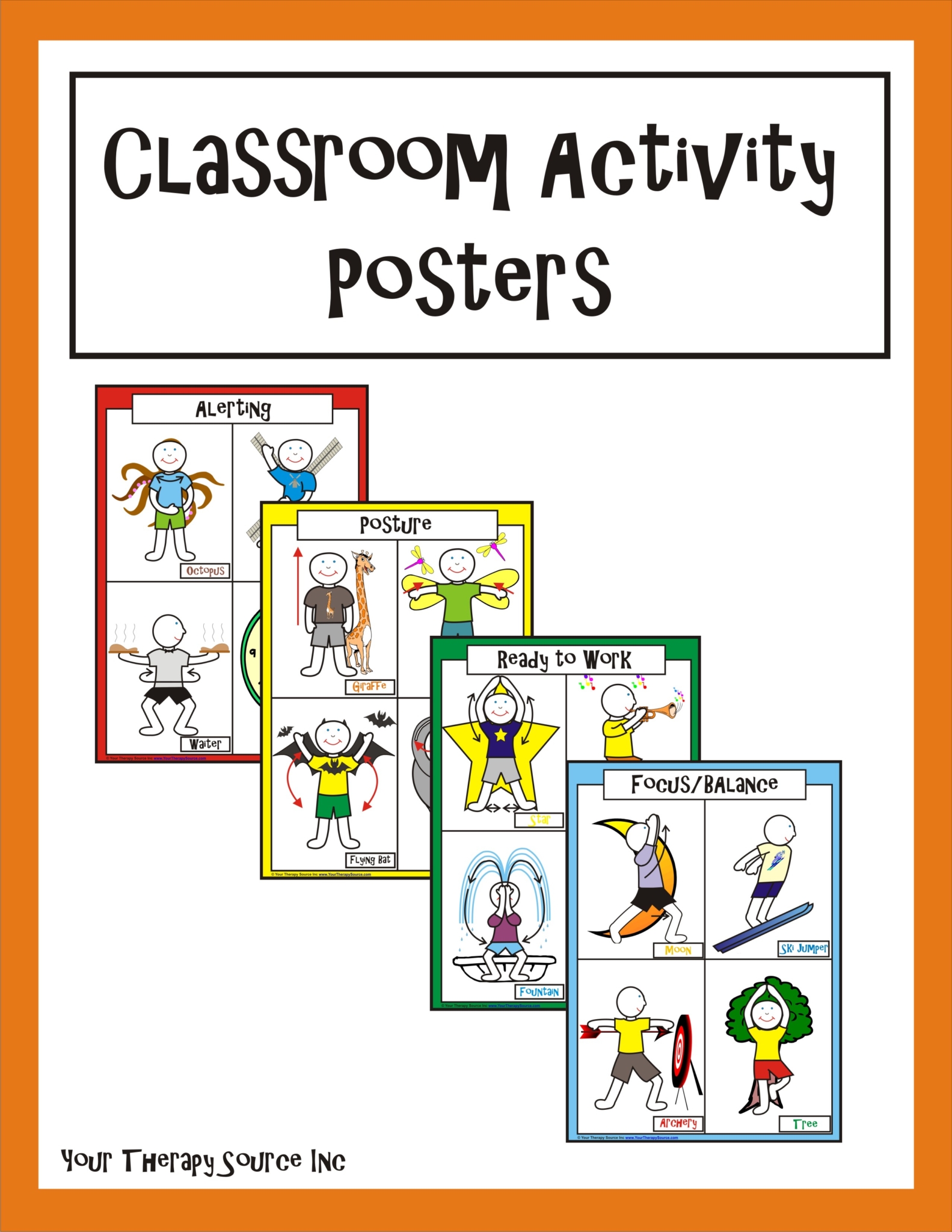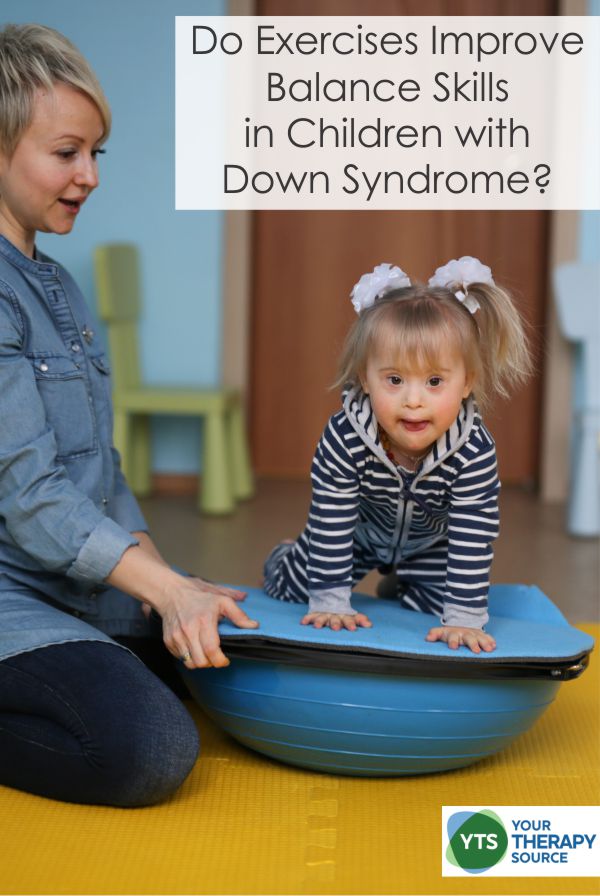Down Syndrome Therapy Activities to Improve Balance – What Does the Research Say?

Research tells us that youth with Down Syndrome exhibit deficits in gross motor skills, fundamental motor skills, balance and postural control. A recent study examined using exercises for Down Syndrome therapy activities to improve balance skills.
Types of Balance
Balance can be assessed in different ways: static and dynamic or a combination of them both. Static balance is when the body is motionless and dynamic balance is when the body is moving or reacts to movement.
Individuals with Down syndrome often have reduced postural tone and decreased proprioceptive feedback which in turn influences muscular co-activation and balance reactions. Walking, stair climbing, negotiating the school environment, play time, and many activities of daily living all require balance skills and postural control therefore deficits in these areas can influence independence.
Methodology of the Research Review
The purpose of the research review was to determine if Down Syndrome therapy activities that include exercise improve balance and postural control. A systematic literature search was performed in 10 databases and 11 randomized controlled trials and controlled trials examining the effects of exercise interventions designed to improve balance in youths with Down syndrome were included.
The exercise interventions studied lasted between 6 and 24 weeks with 2 to 3 times per week for training sessions of 20-90 minutes.

Exercise Posters for Kids – Printed
What Did the Research Results Say About Down Syndrome Therapy Activities and Balance?
The research review on exercise interventions to improve balance in youths with Down Syndrome indicated the following:
- exercise interventions were more effective than control conditions for improving the static balance of children with Down syndrome
- exercise interventions were more effective than control conditions for improving the static-dynamic balance of children and adolescents with Down syndrome.
- the findings on dynamic balance in children and static balance in adolescents were inconclusive.
Conclusion
The researchers concluded that exercise interventions were successful in improving the
static balance of children with Down syndrome and the static-dynamic balance of children
and adolescents with Down syndrome.
Reference: Maïano, C., Hue, O., Lepage, G., Morin, A. J., Tracey, D., & Moullec, G. (2019). Do exercise interventions improve balance for children and adolescents with Down syndrome? A systematic review. Physical therapy, 99(5), 507-518.

Classroom Activity Posters
More Research on Children with Down Syndrome Therapy Activities
Life with Down Syndrome – Functional Skills Continue to Improve
Whole Body Vibration to Improve Balance/Strength in Individuals with Down Syndrome
Vestibular Exercises Program Helps Increase Balance and Agility



